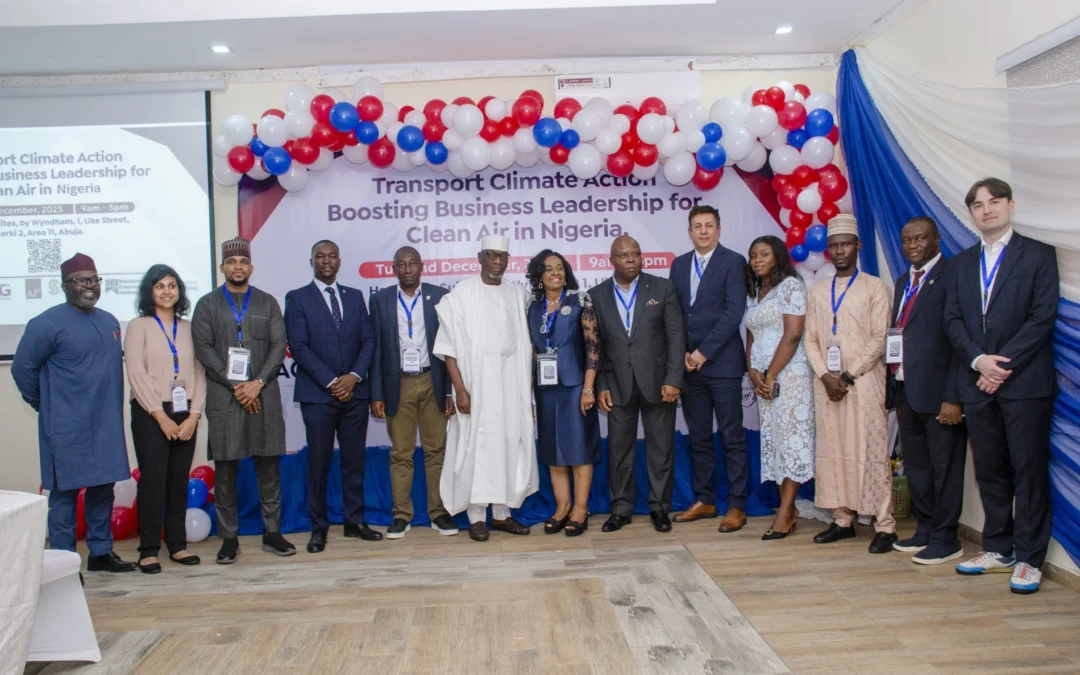Avoid-Shift-Improve Refocusing
Applying Avoid-Shift-Improve (ASI) measures through integrated, inter-modal and balanced approaches is critical to unleashing the full benefits of sustainable, low carbon transport. The ASI framework has been central to sustainable, low carbon transport for more than a decade.

The ASI approach follows an implicit hierarchy, with appropriate and context-sensitive Avoid measures intended to be implemented first, followed by Shift measures and finally by Improve measures. This prioritisation can help reduce environmental impact, improve access to socio-economic opportunities, increase logistics efficiency, reduce congestion, improve air quality and increase road safety.
Growing evidence shows that Avoid and Shift strategies can account for 40-60% of transport emission reductions, at lower costs than Improve strategies. The updated Nationally Determined Contributions (NDCs) under the Paris Agreement continue to focus strongly on Improve measures (52% of all measures). Shift and Avoid measures account for 38% and 10% respectively.
The ASI framework calls for:

Avoiding unnecessary motorised trips based on proximity and accessibility

Shifting to less carbon-intensive modes – that is, from private vehicles to public transport, shared mobility, walking and cycling, water-based freight, electrified road-rail freight, and cargo bikes for last-mile deliveries, among other.

Improving vehicle design, energy efficiency and clean energy sources for different types of freight and passenger vehicle.
Other Resources

SLOCAT Transport and Climate Change Global Status Report
Section 1.1 Global Transport and Climate Change
This section includes a quick overview on the ASI Framework. Growing evidence shows that Avoid and Shift strategies can account for 40-60% of transport emission reductions, at lower costs than Improve strategies.














